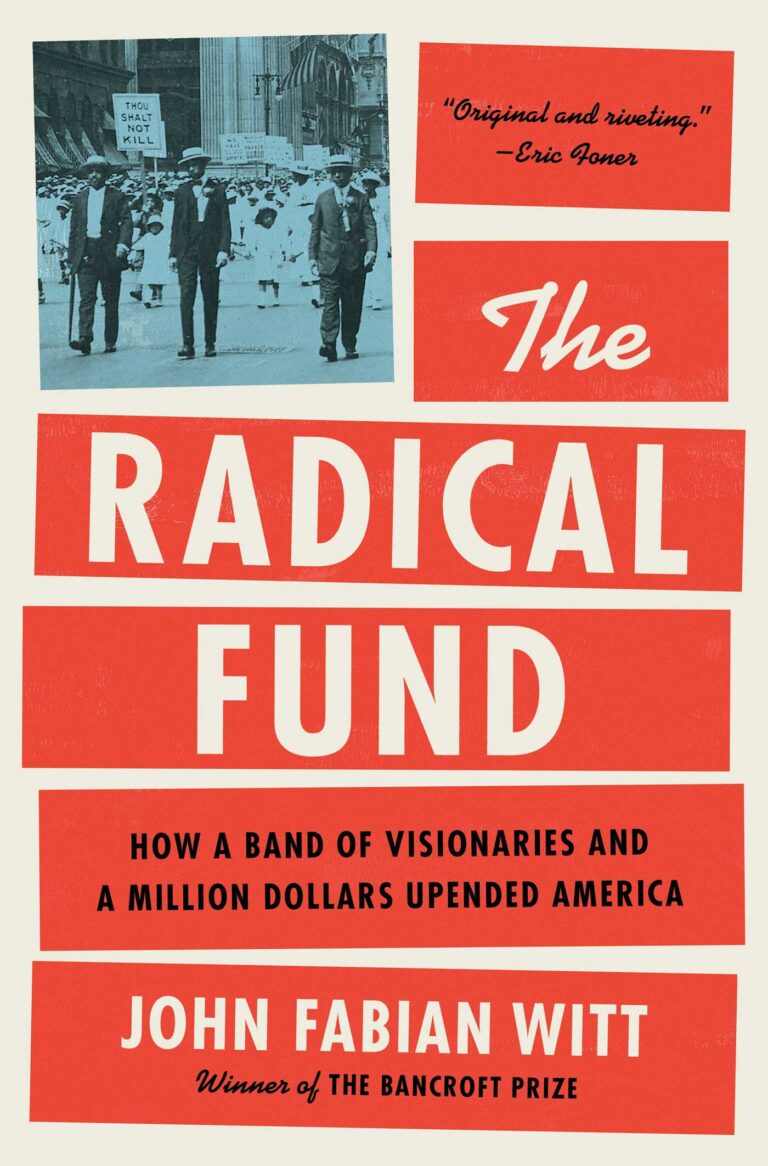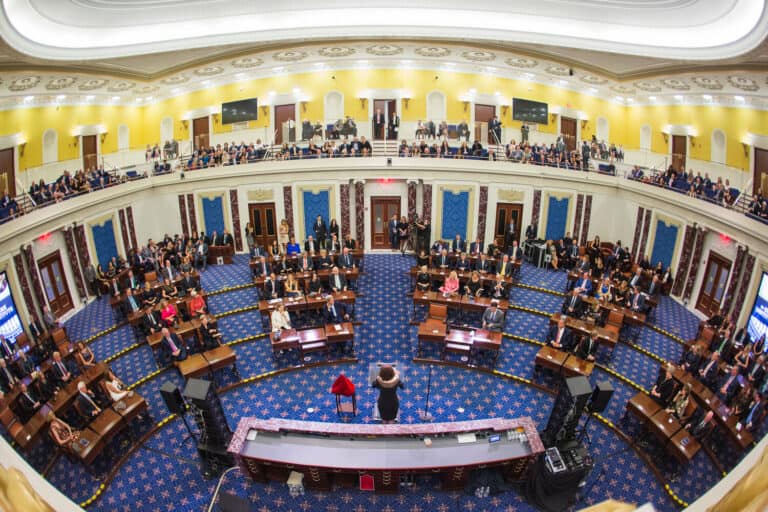Melissa Greenberg is a student at Harvard Law School.
President Trump released his budget yesterday, and it proposed sharp reductions in spending for entitlement programs. The budget also included a cut of 19.8 percent in funding for the Department of Labor. Despite decreases in funding to the Department, the budget includes a proposal for a paid family leave program, which would allow states to grant six weeks of paid maternity and paternity leave. The program would be funded through changes to unemployment insurance. Although the New York Times reports that President Trump’s budget “stands absolutely no chance of being enacted by Congress,” the article notes that congressional Republicans might “seize the moment to impose some austerity of their own without going nearly as far as [Mick Mulvaney, director of the Office of Management and Budget] or Mr. Trump would like.”
Yesterday, Uber announced that it made a mistake calculating its drivers’ commissions in New York. The company based payments to drivers on fares after taxes were taken out instead of basing drivers’ pay on fares before taxes were deducted. Last year, the New York Taxi Workers Alliance filed a suit alleging that the company had been taking taxes out of workers’ pay even though the drivers’ contracts with Uber only allow the company to take its 25 percent cut out of payments to drivers. The New York Times suggests that the mistake impacted tens of thousands of drivers and these inappropriate deductions could amount to more than $200 million. Read more here.
Politico reported that Secretary of Labor Alexander Acosta will not delay the partial implementation date of the fiduciary rule scheduled for June 9th. In an op-ed in the Wall Street Journal, Acosta stated that the Department has “found no principled legal basis to change the June 9 date while [it] seek[s] public input. Respect for the rule of law leads [the Department] to the conclusion that this date cannot be postponed.” However, the Department of Labor has pledged to review the rule despite the initial implementation date going forward as planned. Politico predicts that given the length of the rulemaking process the rule’s second implementation date will also remain in place.
The Wall Street Journal published an article reporting on the Fight for $15’s success in achieving its goal of a $15 minimum wage despite its inability to achieve its other goal, unionization of the workers involved in the campaign. California, New York, and numerous cities are all on the path to a $15 minimum wage. The article explores the SEIU’s strategy in funding the Fight for $15. The union has put more than $16 million into regional organizing and public relations, even though the campaign has not translated into increased union membership and dues. Despite the questions raised by the Wall Street Journal, SEIU president Mary Kay Henry says that the Fight for $15 is an important part of the union’s agenda, stating that the Fight for $15 “makes ‘the labor movement understand that you can make a bold demand.’”






Daily News & Commentary
Start your day with our roundup of the latest labor developments. See all
November 6
Starbucks workers authorize a strike; Sixth Circuit rejects Thryv remedies; OPEIU tries to intervene to defend the NLRB.
November 5
Denver Labor helps workers recover over $2.3 million in unpaid wages; the Eighth Circuit denies a request for an en ban hearing on Minnesota’s ban on captive audience meetings; and many top labor unions break from AFGE’s support for a Republican-backed government funding bill.
November 4
Second Circuit declines to revive musician’s defamation claims against former student; Trump administration adds new eligibility requirements for employers under the Public Service Loan Forgiveness program; major labor unions break with the AFGE's stance on the government shutdown.
November 3
Fifth Circuit rejects Thryv remedies, Third Circuit considers applying Ames to NJ statute, and some circuits relax McDonnell Douglas framework.
November 2
In today’s news and commentary, states tackle “stay-or-pay” contracts, a new preliminary injunction bars additional shutdown layoffs, and two federal judges order the Trump administration to fund SNAP. Earlier this year, NLRB acting general counsel William Cowen rescinded a 2024 NLRB memo targeting “stay-or-pay” contracts. Former General Counsel Jennifer Abruzzo had declared that these kinds […]
October 31
DHS ends work permit renewal grace period; Starbucks strike authorization vote; captive-audience ban case appeal